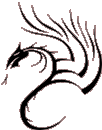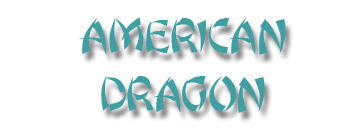POINT: UB-17 (URINARY BLADDER-17)
| English: | Diaphragm Shu |
| Also Known As: | Diaphragm's Hollow |
- 1.5 cun lateral to the lower border of the spinous process of the seventh thoracic vertebra, level with DU-9 Zhiyang.
- Locate at the visible highest point of the paraspinal muscles.
- Oblique insertion towards the spine, 0.5 to 1 cun.
- Transverse insertion 1 to 1.5 cun.
- Caution: perpendicular needling or oblique needling away from the spine carries a substantial risk of pneumothorax.
- Straight insertion, slanted slightly toward the spine, 1 to 1.5 cun
Sensation: local soreness and distention, sometimes extending between the ribs - Caution: Do not needle to deeply in order to avoid puncturing the Lung
- Transverse insertion, pointed downward along the muscle1 to 2 cun
Sensation: local distention and soreness
Locate at the highest visible point of the paraspinal muscles. - Puncture obliquely 0.5 to 0.7 cun.
- Moxibustion is applicable.
- Hui-Meeting point of Blood
- Back-Shu point of the diaphragm
- Regulates the Blood
- Transforms Congealed Blood
- Expands the chest and diaphragm
- Strengthens Deficient conditions
- Invigorates the Blood
- Dispels Blood Stasis
- Cools Blood Heat
- Stops bleeding
- Nourishes and harmonizes the Blood
- Harmonizes the diaphragm
- Removes obstructions from the diaphragm
- Descends Rebellious Qi
- Pacifies Stomach Qi
- Tonifies Qi and Blood
- Calms the Shen
|
|
LU-8 |
||
Diaphragmatic spasm |
Anemia |
Swollen and painful throat (throat Bi) |
UB-19 |
GB-8 |
|
Moxa for the hundred syndromes of Deficiency-taxation |
Moxa for vomiting |
Cold Phlegm in the diaphragm and Stomach |
UB-18 |
||
Contraction and Cold of the shoulder and back with pain of the inner aspect of the scapula |
Bone pain |
Nourishes Liver Blood Removes Liver Blood Stasis |
UB-15 |
UB-20 |
UB-19 |
Nourishes Heart Blood Removes Heart Blood Stasis |
Nourishes the Spleen's function of manufacturing Blood |
Moxa to tonify Qi and Blood (The Four Flowers) |
|
|
|
Moxa to tonify Qi and Blood (The Magnificent Six) |
|
|
- This is an important point with many functions.
- This is an important point for many kinds of bleeding disorders.
- It has an important action on the diaphragm.

